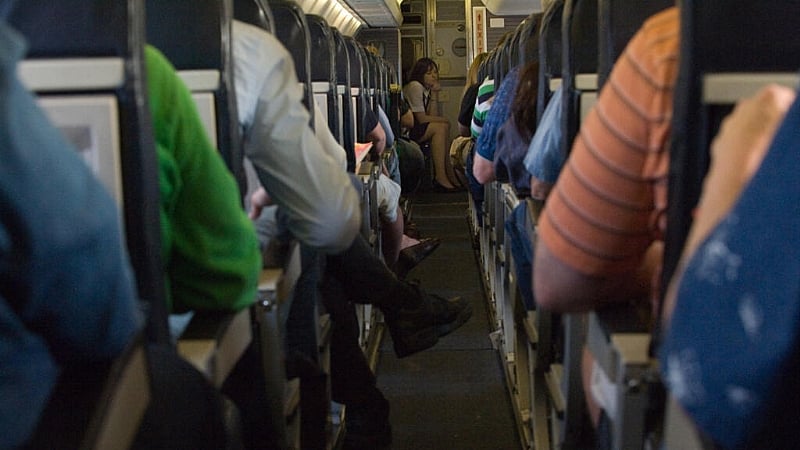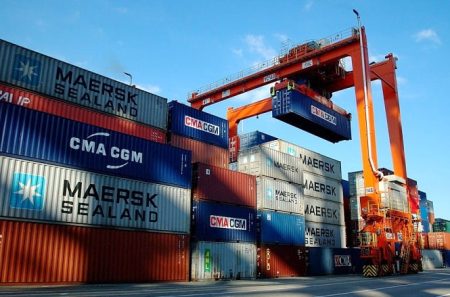Air turbulence, an unsettling experience for many passengers, poses a growing threat to air travel as climate change intensifies. While not typically causing structural damage to modern aircraft, turbulence is the leading cause of in-flight weather-related accidents, resulting in injuries, primarily to unbelted passengers and crew. From minor bumps to severe jolts exceeding 1.5 times the force of gravity, turbulence incidents require aircraft inspections and contribute to increased fuel consumption due to altered flight paths and speeds. This phenomenon, while already a concern, is projected to worsen significantly due to the effects of a warming planet.
There are three main types of turbulence: convective, mountain wave, and clear-air turbulence (CAT). Convective turbulence, associated with thunderstorms and cloud formations, is detectable by radar and visual observation. Mountain wave turbulence, as the name suggests, occurs over mountainous terrain. CAT, however, is invisible and thus the most hazardous, arising from jet streams—fast-flowing winds at high altitudes where commercial aircraft typically fly. Climate change is exacerbating CAT by increasing the temperature difference between the tropics and higher latitudes. This differential drives stronger jet streams and greater wind shear, the volatile shifts in vertical air currents that create CAT.
Scientific studies have documented a clear upward trend in turbulence frequency across various regions, including the North Atlantic, North America, East Asia, and North Africa, with increases ranging from 60% to a staggering 155%. This rise has been directly linked to increasing greenhouse gas emissions. Furthermore, climate change isn’t just intensifying jet streams; it’s also fueling stronger storms, which contribute significantly to turbulence-related accidents. Projections suggest that for every degree Celsius of near-surface warming, moderate CAT in the North Atlantic will increase by approximately 9% in winter and 14% in summer. While winter has historically been the most turbulent season, climate change is now amplifying CAT in summer and autumn, narrowing the seasonal difference.
Addressing this growing problem requires a multi-pronged approach. Researchers are actively exploring strategies to mitigate turbulence risks, focusing on optimizing flight routes to avoid turbulence hotspots and enhancing forecasting accuracy to provide pilots with better information for navigating turbulent conditions. Some airlines are implementing measures to encourage more frequent seatbelt use, such as curtailing cabin service earlier in flights to allow passengers more time to buckle up. Technological advancements also offer promising solutions. Onboard LIDAR systems, which use lasers to detect minute changes in air density and wind speed, are being tested to provide real-time turbulence detection and avoidance capabilities.
However, the most impactful long-term solution lies in addressing the root cause: reducing greenhouse gas emissions. Aviation contributes approximately 3.5% to human-caused global warming. Airlines are exploring cleaner fuels to lessen their environmental impact; however, progress in this area has been slow. The increasing frequency and intensity of turbulence underscore the urgency of transitioning to more sustainable aviation practices to mitigate the effects of climate change on air travel safety and comfort.
The escalating threat of turbulence necessitates a concerted effort from all stakeholders, including scientists, airlines, and policymakers, to develop and implement effective mitigation strategies. Continued research into turbulence prediction and avoidance, coupled with the adoption of cleaner aviation technologies and policies to reduce greenhouse gas emissions, is crucial to ensuring the safety and comfort of air travel in a warming world. While short-term solutions like optimized flight routes and improved forecasting can provide some relief, the ultimate remedy lies in addressing the underlying cause of climate change through global cooperation and commitment to sustainable practices.














